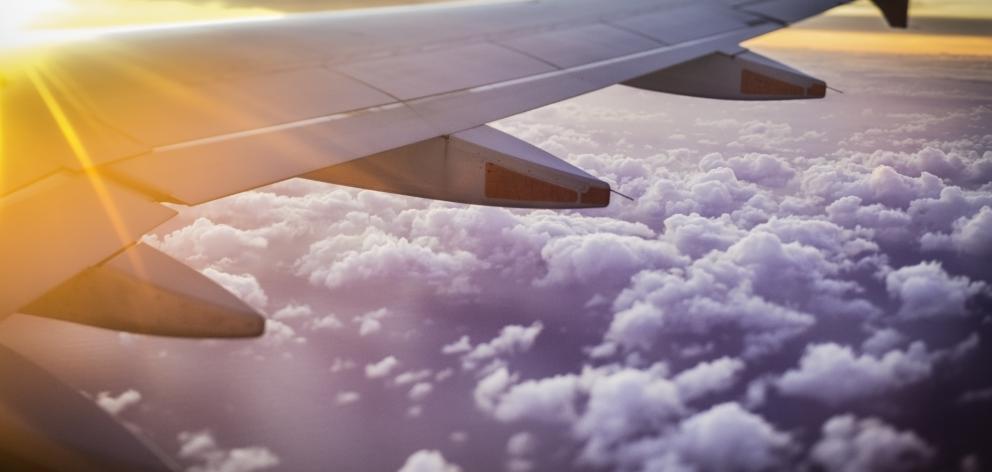
School principals are blaming record-low school attendance rates on cheap air fares tempting families into taking more holidays in term time.
The Education Ministry says only 63% of all school pupils attended school ‘‘regularly’’ — defined as at least 90% of the half-days — in the second term last year, down from a previous low of 66% in the same term of 2013.
For the first time the Maori attendance rate dropped to just 50%, down from 53.5% in 2013.
Post Primary Teachers Association Secondary Principals’ Council head James Morris said the downward trend was concerning because low attendance was linked to lower pass rates in the national certificate of educational achievement (NCEA).
Mr Morris, principal of Dar-field High School in Canterbury, said more parents were taking their children out of school for holidays during term time.
‘‘At our school there are more parents taking students away during term time because flights are cheaper at those times, and flights are cheaper than they used to be,’’ he said.
Nationally, the numbers of pupils taking at least one half-day holiday during the second term almost doubled from 23,192 in 2015, when the Education Ministry started recording the trend consistently, to 40,729 last year.
The average length of holidays during term time has been more stable, at 9.3 half-days in the second term of 2015 rising only to 9.6 half-days in the same term last year.
But the total amount of time pupils were absent on ‘‘unjustified’’ holidays increased from 0.4% of the term in 2015 to 0.7% last year.
Absences for an ‘‘explained but unjustified’’ reason have been steady at about 1% of the term in each of the past seven years.
But unjustified absences with no explanation provided, or ‘‘truancy’’, have risen from 1.5% of the term time in 2011 to 2% last year.
‘‘Justified’’ absences due to sickness also jumped last year, from around 4% of the term in each of the previous six years to 4.6%, due to a rise in ‘‘influenza-like illness’’ last winter.
Regular attendance rates are highest in primary schools and decline as pupils get older, but have declined over the past seven years at all levels — from 74% to 67% in contributing primary schools, from 74% to 66% in intermediates, and from 63% to 55% in secondary schools.
They have declined most steeply in the poorest areas — down from 57% to 47% in decile 1 schools, compared with a gentler decline from 78% to 72% in decile 10.
Asian pupils still have the highest regular attendance rate of 73%, but even their attendance is down 7% from 2011.
Attendance has dropped by 6% to 67% for European pupils, by 9% to 52% for Pasifika and by 6% to 50% for Maori.
Maori and Pasifika pupils were both absent without explanation (truant) for more than 4% of the term, compared with just under 1% of the term for Asians and Europeans.
However Maori, Pasifika and European pupils were all absent due to sickness for about 5% of the term. Asian pupils were sick for only 3.5% of the term












